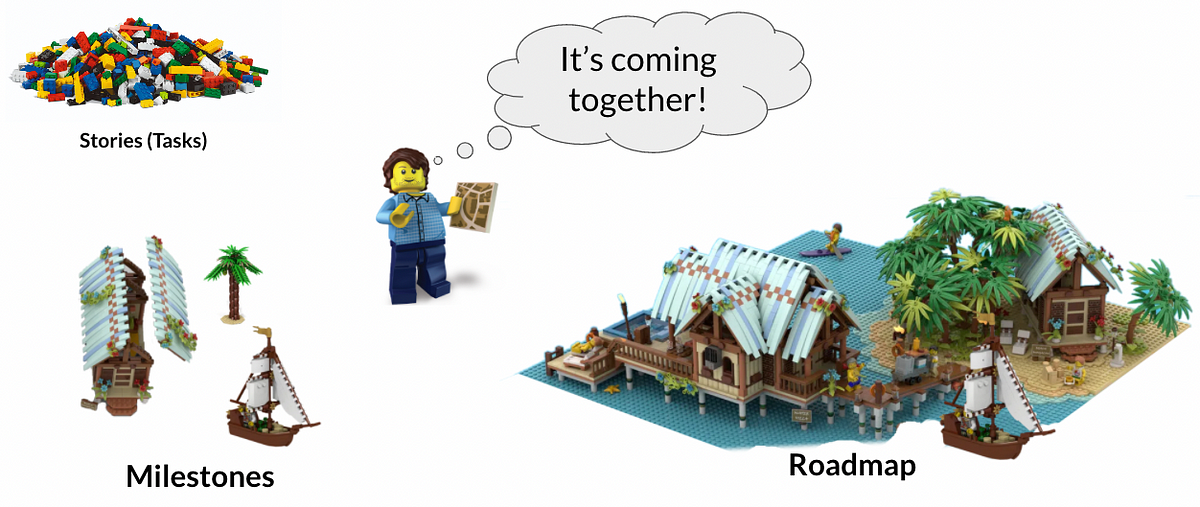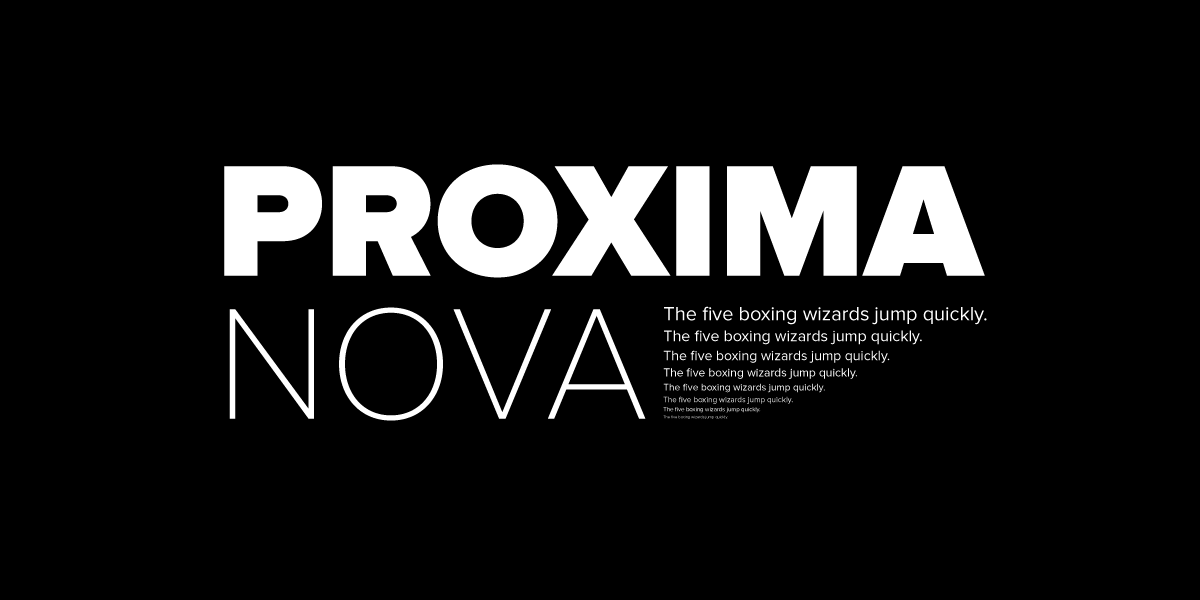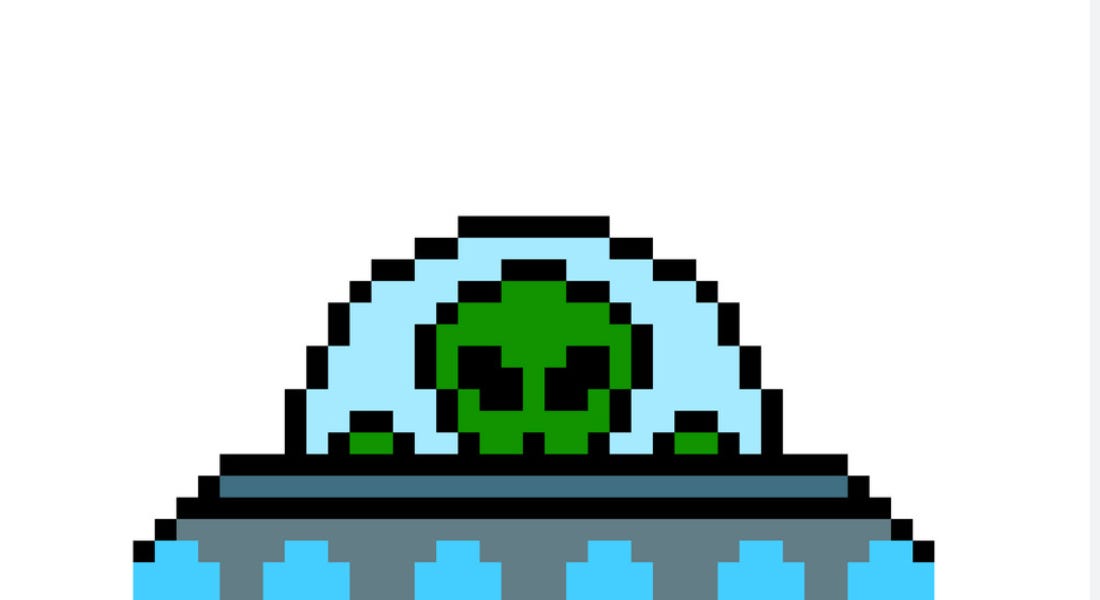
“Stories” Don’t Tell a Story: Good Sprint Planning Uses Milestones
In too many engineering teams, sprint planning and daily standup are centered on the sprint board and backlog. Stories (tasks) are the focus of attention; discussions are focused on achieving pointing targets, the mechanics of how to achieve a particular task, or dependencies and sequencing. The problem is that teams lose sight of the forest for the trees. We forget that stories are only a crude approximation of the work needed to finish an initiative; and more importantly, that the work only matters when it has delivered end value.
Teams that o nly pay attention to their story backlog will find it difficult to relate their work to the company’s roadmap. Managers will often find themselves in the tough situation of not being able to look at the sprint board and know with confidence when a project will be done, because the board doesn’t translate to shipping. Also, story planning often overlooks the “glue” steps and the last mile of release and polish.
To use a Lego analogy: it’s as if in January we agree on the fabulous model we want to build; we estimate the number of Lego blocks we’ll need and put those in a big pile; and then we start frantically assembling in hopes that it will all add up by March.























